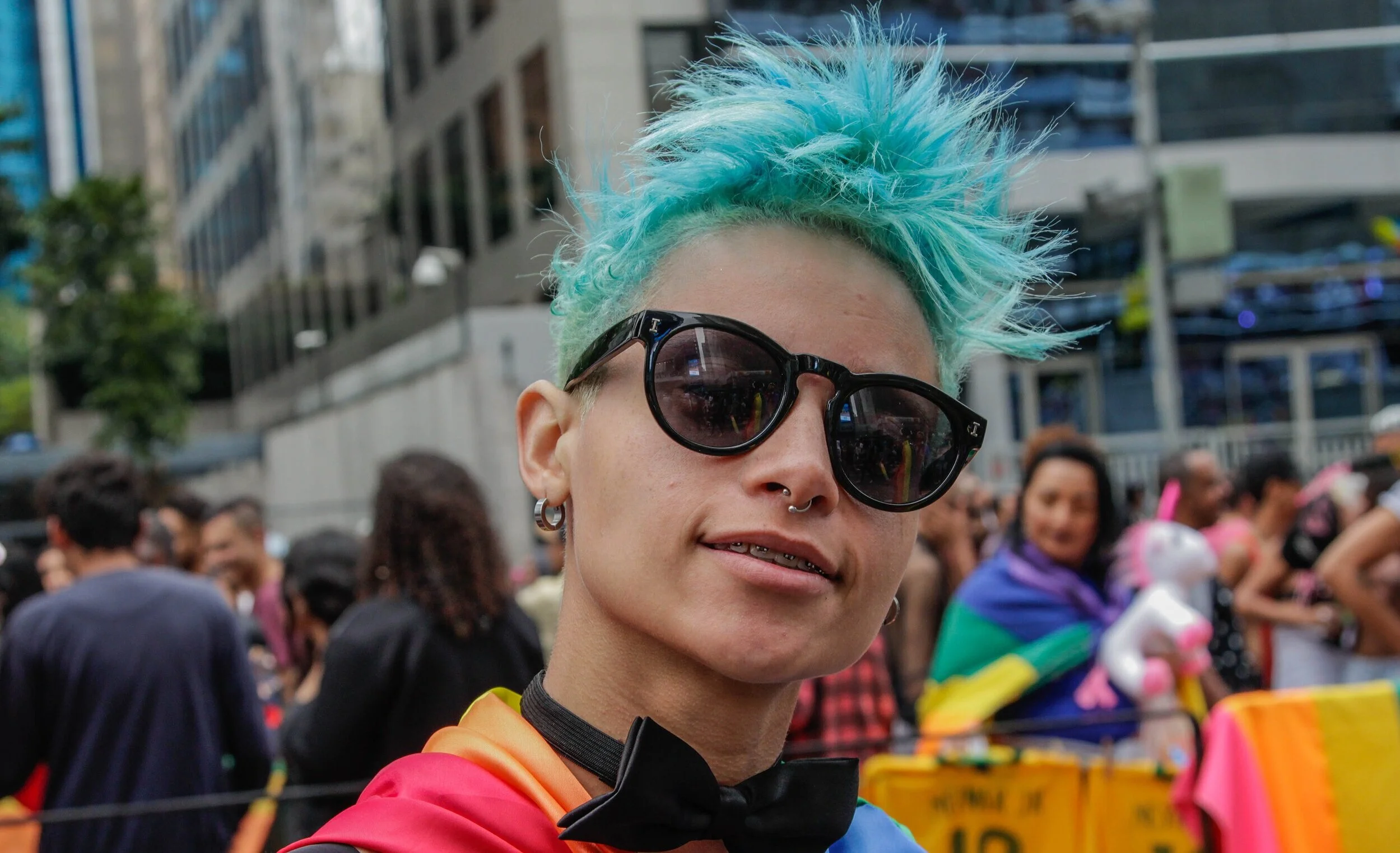CODE SWITCHING

CODE SWITCHING
We don’t always call it by name, but many of us know exactly what it feels like.
You’re at work, or on a Zoom call, or walking into a space that wasn’t built with you in mind, and something in your voice changes. You shift how you speak, how you sit, how you show up. You’re still you, but a version of you that feels safer. A version designed to be legible, comfortable, less questioned. That’s code switching.
For some, it’s subtle. For others, it’s exhausting.
I’ve seen it across industries and identities. A Black colleague softens her tone to avoid being labeled angry. A neurodivergent teammate masks their discomfort with humor to blend in. A queer friend avoids sharing too much about their weekend. An older professional rewrites their résumé to appear younger. A woman downplays her authority in a room full of men. A first-generation immigrant adjusts their accent just to get through the opening conversation. It’s all the same dance, and most of it goes unnoticed by the people who aren’t doing it.
“Let’s build spaces where people can show up fully. And mean it when they do.”
And here’s the truth. Code switching works. That’s why people do it. Sometimes it helps you get in the room, be heard, get promoted, stay safe, or avoid being misjudged. But that doesn’t mean it’s fair. Or sustainable. Or without cost.
We talk a lot about authenticity in the workplace, but we rarely talk about the conditions that make authenticity feel unsafe. We say “bring your whole self to work,” but what we often mean is “bring the version we already know how to work with.” That’s the tension.
Some people can show up exactly as they are and be rewarded for it. Others have to do math every day just to decide what version of themselves will be tolerated. Not celebrated. Just tolerated. If we want true inclusion, we have to look at who still feels the need to code switch just to be seen as credible, capable, or safe. It’s not enough to invite difference if we expect people to immediately flatten it in order to belong.
I’m still learning how to see code switching in myself and in the people around me. I still catch myself adjusting, softening, overexplaining. These are habits shaped over time and reinforced by experience. They’re also habits I no longer want to normalize.
We can build better workplaces. Places where people don’t have to rehearse before they speak, dilute their ideas to sound acceptable, or spend energy trying to fit in instead of contribute. That begins with awareness. With noticing. With asking ourselves who has the privilege of being seen as neutral and who is still managing the gap between being themselves and being accepted.
Code switching should not be the cost of entry. It should be a signal that something still needs to change. Let’s build spaces where people can show up fully. And mean it when they do.





